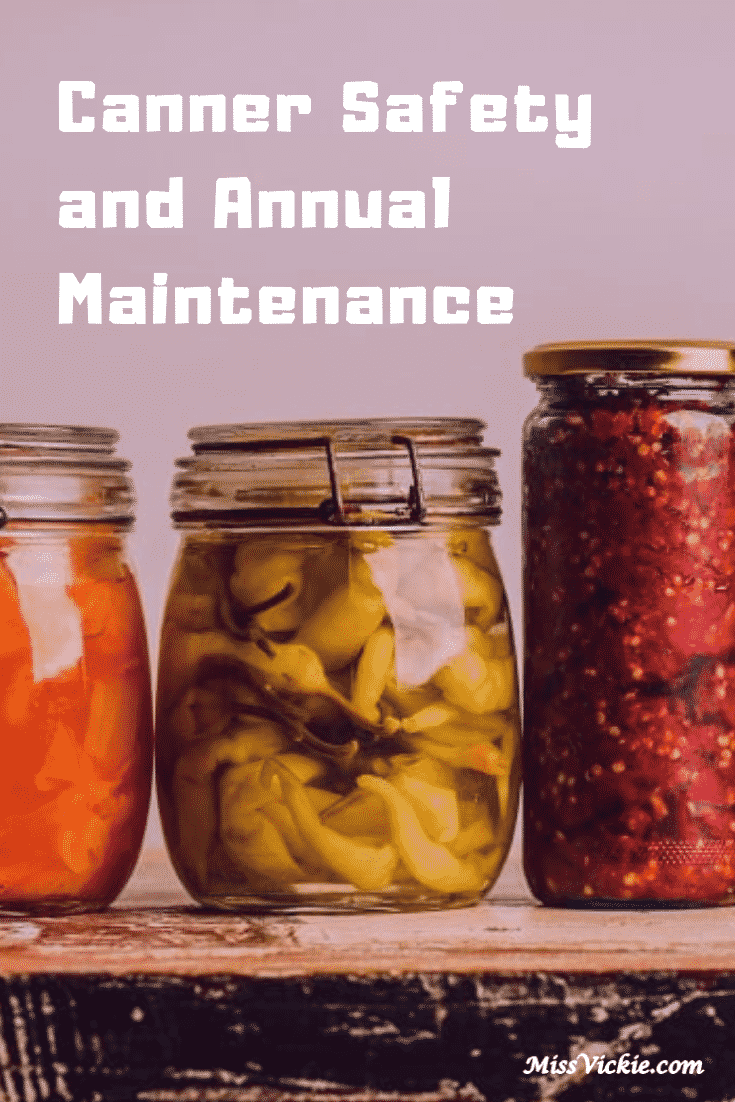
There are a lot of myths out there regarding the safest way to can foods. But the reality is that for canning to be done properly and safely, all food must be processed under the right conditions using the right equipment and the right recipes. The canning methods to be used will also vary based on the type of foods to be canned.
For instance, a boiling water bath is used to can high acid foods such as pickles and fruits. Low acid foods, alternatively, such as meats and veggies, must be preserved using a pressure canner. Tomatoes can be canned using either a pressure canner or a boiling water bath, but acidifiers like vinegar and lemon juice must always be added to guarantee their safety.
Canner safety and annual maintenance
A pressure canner is a crucial piece of equipment when it comes to modern food preservation. Before you can attempt to use one, you must make sure that all the parts and components of your pressure canner are working properly, otherwise, you could be placing yourself in danger.
For instance, if the dial gauge of your pressure canner fails to register properly, it could jeopardize the safety of the food being canned. So, to avoid such issues from arising, you must ensure that every single part is functioning as it should before the canning process can be done.
Today, two primary types of pressure canners are used:
- Weighted-gauge pressure canners
- Dial gauge pressure canners
The difference between the two types of pressure canners is that the weighted gauge water canner jiggles when pressure is achieved whereas the dial gauge comes with a dial that registers the amount of pressure that has been reached inside the canner. When using weighted gauge canners, you should always check the manufacturer’s instructions to determine if you are using the correct procedure.
Dial gauge canners must register the correct pressure to make sure that the foods being processed have been canned properly and safely. There is a high potential for unsafe canning if the gauge, for instance, registers more than 2 pounds high or low. If it does, you must replace the gauge or have it tested for accuracy.
Caring for the pressure canner
Before you can use your pressure canner, you must ensure that the safety valve and the vent are clean. Vents can be cleaned using a string or narrow strip of cloth to remove any debris. The valve can be cleaned by removing it and following the manufacturer’s manual.
Next, you should check that the gasket, which is the rubber-like component that helps to seal the edges of the canner and the lids, is clean. Gaskets can be removed for cleaning or replacement if they are old.
When cleaning the canner, ensure that the dial gauge is never immersed in water. The sealing edges of your canner must also be cleaned. If the inside surface of your canner has become dark, you can remove the darkness by boiling a mixture of cream of tartar and water. Deposits of hard water can also be reduced by boiling water and white vinegar. During storage, always store your lid upside down on the canner; you should never put the lead on the canner and seal it.